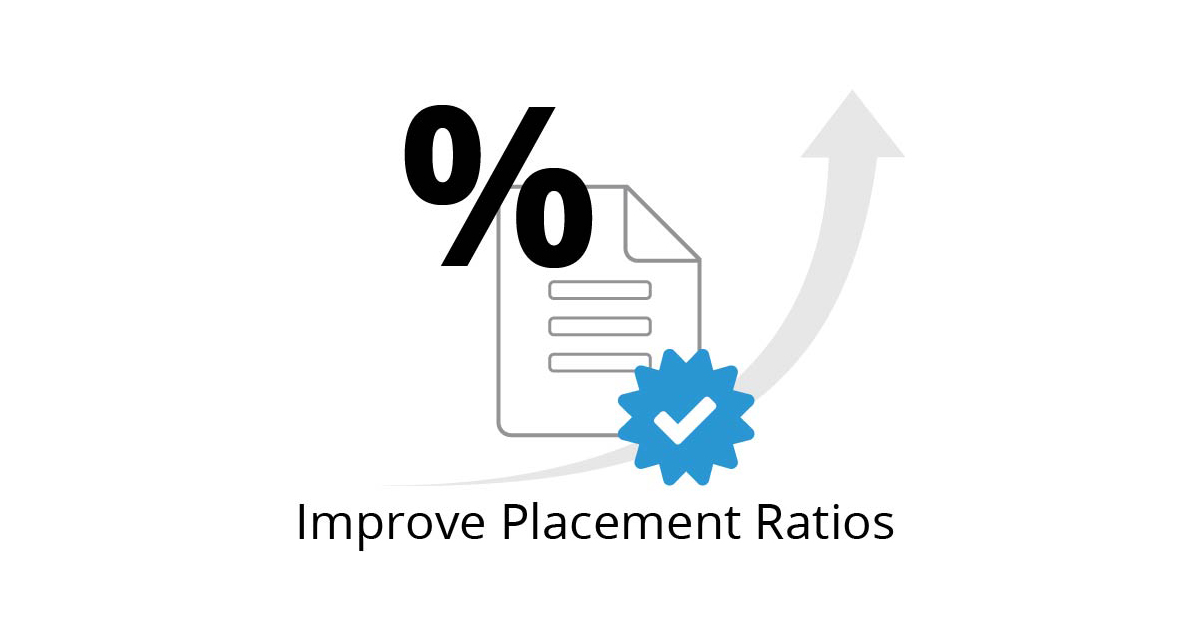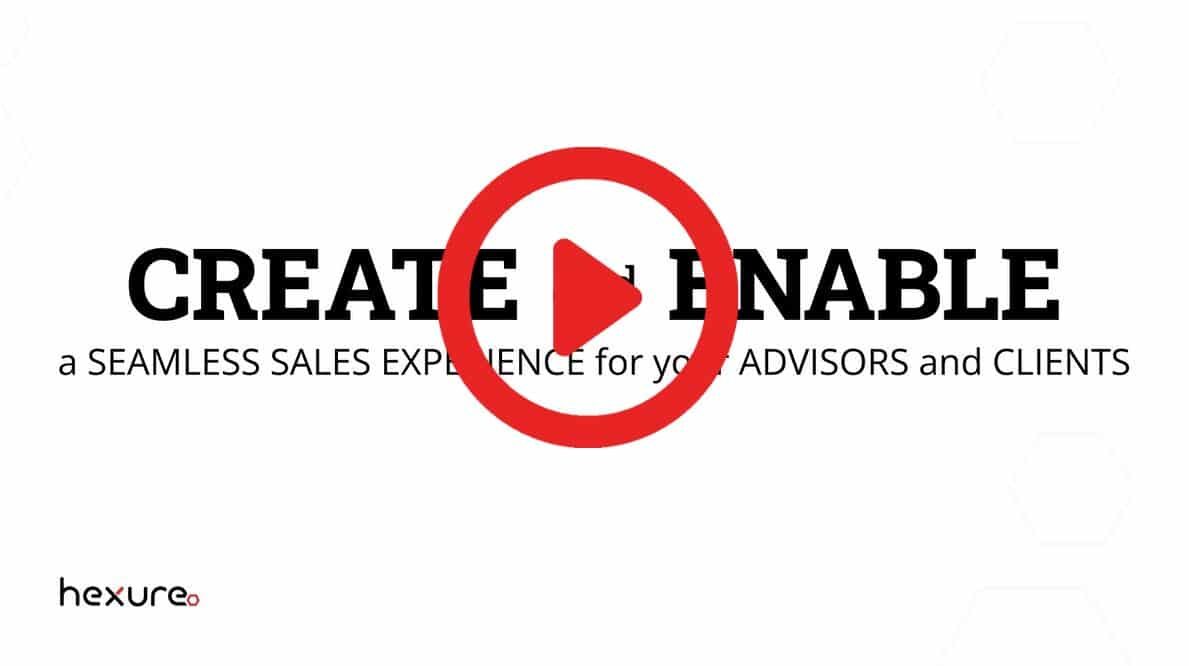Placement ratios are a big deal for distributors in the life and annuity industry. They offer feedback on the quality of your sales process and how well you are matching your clients to the products that are right for them. They also give you meaningful insight into where and how your revenue might be improved. When in-force policies are the goal, placement ratios need to be a part of the conversation. It’s easier to place a higher percentage of applications than it would be to increase your volume of applications.
Many factors that affect placement ratios are outside of the advisor’s control—specifically, factors like underwriting depend on the carrier. You can, however, still make headway by focusing on what’s within your control.
A simple tweak to a process or sharpening of a sales tactic can help bring up your placement ratio. One of the fastest and most effective ways to improve placement ratios is using the right sales tools. Our industry is experiencing rapid evolution as digital processes replace paper. Technology is getting smarter and more useful for distributors for life and annuity sales. Sometimes the only question is which tools are right for your business.

Let’s explore some of the most effective ways distribution firms and advisors can improve placement ratios.
- Use logic. Some e-Application software allows carriers to include rules and logic for their forms. This prevents advisors from making errors such as forgetting a form or not collecting all the required information. Paper applications are far more likely to be returned not in good order (NIGO), decreasing the odds of getting that application placed.
- Speed things up. Slow application processing leaves a lot of space for things to go wrong. The longer the client waits, the more unhappy they become. Advisors can hedge against this by setting proper expectations, but a slow process wears on even the most patient client. Delays also increase the chance for the status quo to change. A customer’s motivation to purchase often dwindles with time. In general, speeding up the process can help improve placement ratios. One solution is to digitize the sales and application process as much as possible with a sales automation platform. A platform that handles quoting, illustration and application can speed up the entire process. Many of these solutions have capabilities like pre-populating known information on forms via APIs. Digital workflows are less prone to errors and improve the client’s experience.
- Minimize surprises. Getting as much information as you can from your client up front can minimize the chances of getting surprised with the client’s health categorization. If a client was led to believe they would qualify for preferred status and the advisor must later bear bad news, the odds of placing that policy just bottomed out. Good advice here is to be thorough and set expectations. Ask the right questions—and ask them all. A digital quoting solution is one way to ensure health questionnaires are accurate and no red flags are missed. They include rules that do not allow you to proceed without needed client information.
- Use a guide. Whenever possible, have a carrier’s underwriting guides at your fingertips when submitting an application. This helps ensure you meet the carrier’s specific requirements. Search the web or the carrier’s website to find the most updated guides, or use a digital sales platform that has the carrier’s guidelines built in.
- Cut back on meetings. Often sales are lost before they even begin. If the transition between needs analysis to submission is slow, painful or both, clients can get frustrated and are more likely to have second thoughts. Traditionally, this process takes multiple meetings to accomplish. Your goal should be to get the number of meetings down to one. Find a digital sales tool that supports needs analysis and application submission, so you can manage both in a single sitting.
- Be mobile. Many advisors don’t recognize the potential of using a powerful quoting app. It’s the ultimate frictionless experience for the client. Imagine you are at a party, and it comes up in conversation that you sell life insurance and annuities. The individual you are talking to is interested in learning more about a policy. What happens next? Traditionally, you would exchange contact information and try to set up a meeting for needs analysis. Then, you need to quote them on their options. And then, you need another meeting to walk through the application process. This scenario plays out differently with some of today’s mobile quoting solutions. You are chatting with a potential client at a party and pull out your phone. Within five minutes, you’ve aligned them with the product they need and provide a quote. And in another five you’ve submitted the application. You’ve eliminated the traditional barriers to application submission, and the client is delighted by the experience.
- Follow the signs. E-Signature technology also accelerates the speed to close. E-Signature capabilities built into digital illustration and e-Application solutions allow the entire process to stay in the digital environment. Any time there is a delay with a client’s signature, the odds of the client deciding to go in a different direction increases. With e-Signature, you handle signatures in real time and keep your client engaged.
All these best practices simplify and accelerate the sales experience, keeping the client happy and helping you complete the sales process quickly. Even incorporating a few of these will help improve your placement ratios. Distributors that are implementing these best practices are seeing higher placement ratios and offering a better buying experience—a result the carrier, distributor and customer can all get behind.




